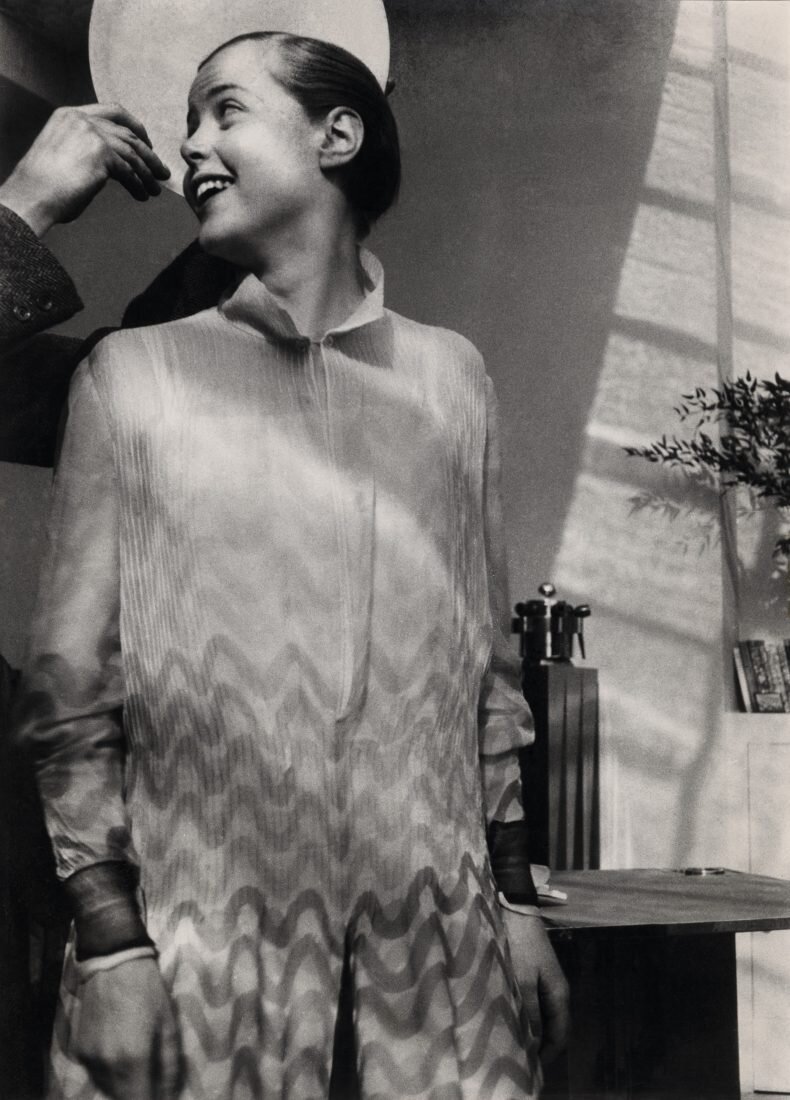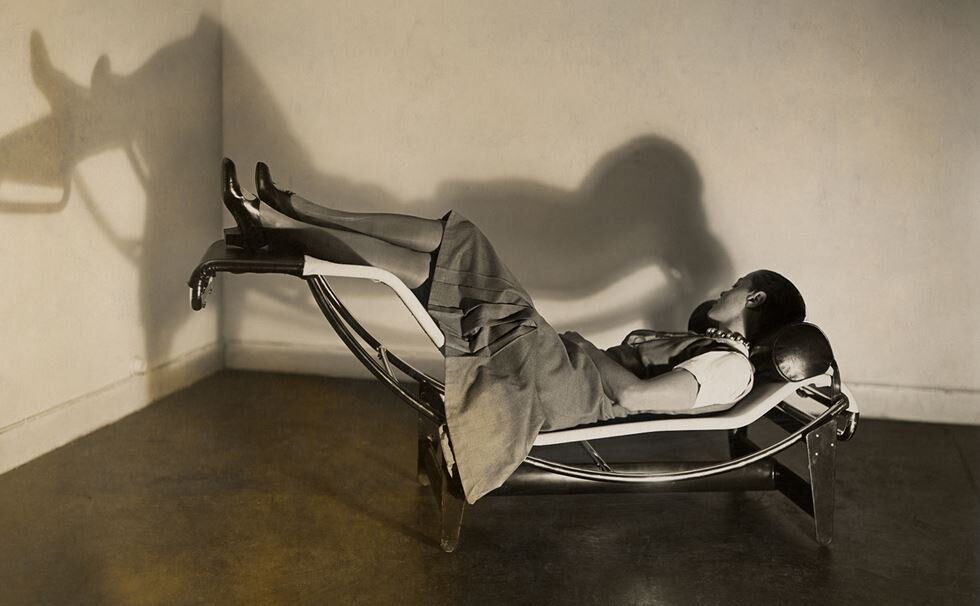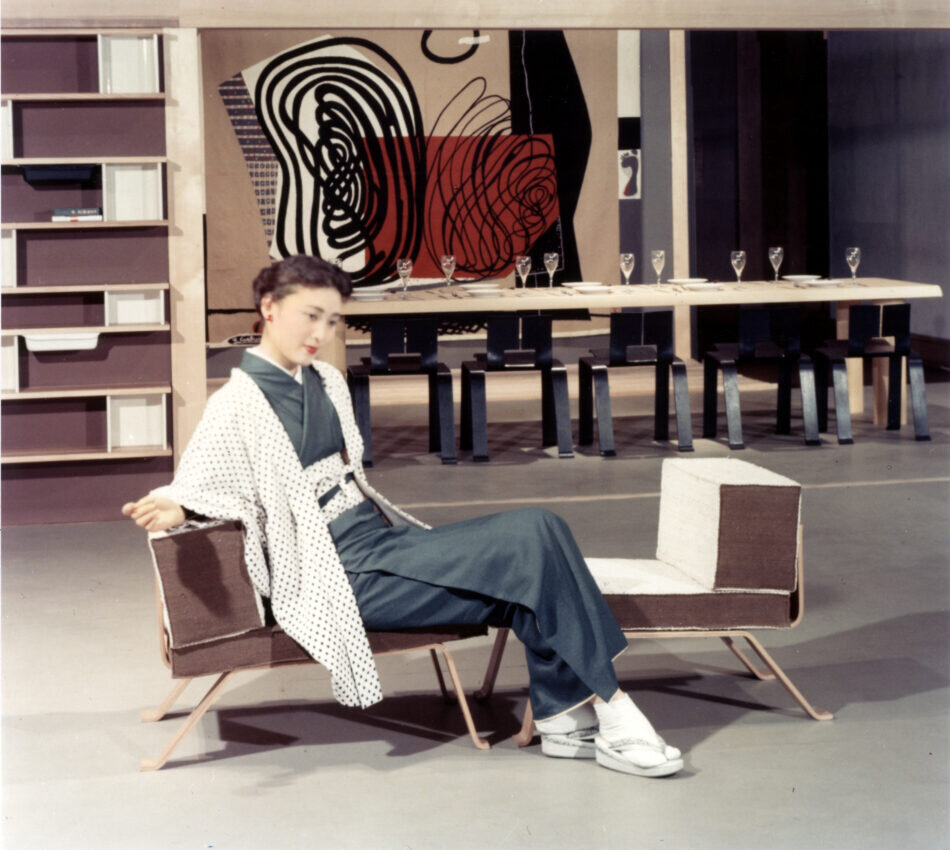‘The Truth Doesn’t Rhyme’: Laurel Canyon and the Characteristics of a Creative Community
‘Laurel Canyon was a place that gave you the permission to ask who you were, to find out what this life held for you, and not be scrambling for some regimented job in a regimented society.’
Jackson Browne
I recently watched a fine film directed by Alison Ellwood documenting the music scene that thrived around Laurel Canyon, Los Angeles in the late ‘60s and early ‘70s (‘Laurel Canyon: A Place in Time’).
Laurel Canyon was home to various members of the Byrds, the Doors, Love and Buffalo Springfield; to Frank Zappa, the Mamas & the Papas, Crosby, Stills, Nash & Young and Joni Mitchell. It gave us folk rock, country rock and a wealth of singer-songwriters. It hosted a second wave of artists: Jackson Browne, Linda Ronstadt, Little Feat and the Eagles. For the best part of a decade it was the focus of a creative community that was collaborative, countercultural, innovative and highly productive.
Let us consider the characteristics of the particular time and place that enabled this vibrant scene to flourish.
'There's something happening here,
But what it is ain't exactly clear.
There's a man with a gun over there
Telling me I got to beware.
I think it's time we stop
Children, what's that sound?
Everybody look, what's going down?’
Buffalo Springfield, ‘For What It’s Worth' (S Stills)
1. Find Somewhere Secluded, Convenient and Cheap
‘It was serene. It was beautiful. Winding, hilly. It was like living in the country, but you were in the big city.’
Roger McGuinn, the Byrds
Laurel Canyon is a woody neighbourhood in the Hollywood Hills. Through its centre runs Laurel Canyon Boulevard, connecting the region to the more urban parts of Los Angeles to the north and south. With its dirt roads and hill-top views; traditional timber houses - large-windowed and spacious; green leafy gardens, fragrant with eucalyptus, it offered peace and tranquillity to young musicians hoping to write songs, whilst also being a short drive from big city life and performance venues. At night you could hear the sound of coyotes, owls and acoustic guitars.
‘It was so magical. Literally within 4 or 5 minutes you could be down on the Sunset Strip into Hollywood.’
David Crosby, the Byrds
Critically Laurel Canyon was affordable.
‘You didn’t move there because you were wealthy. You moved there because it was right in the middle of town. It was really cheap to live.’
Mark Volman, the Turtles
Buffalo Springfield in "Echo in the Canyon." (IMDB)
2. Locate Performance Spaces and Social Hubs
‘It was a very small community of musicians and long-haired weirdos.’
Micky Dolenz, the Monkees
The enclave began when Frank Zappa and an assortment of Byrds and Monkees settled there. Then, following the Byrds’ 1965 breakout hit, their electric cover of Dylan’s ‘Mr Tambourine Man,’ musicians from all over wanted to check out the emergent folk rock scene.
‘When I heard that music… it really inspired me to go to California to start a band.’
Richie Furay, Buffalo Springfield
Buffalo Springfield, for example, was born after Richie Furay from Ohio and Stephen Stills from Texas, ran into two Canadians, Neil Young and Bruce Palmer, driving a Pontiac hearse in the opposite direction on Sunset Boulevard.
Soon the creative colony reached critical mass.
‘Once you got above 30 of us living up there, it was a kind of a community.’
David Crosby, the Byrds
The young musicians were a short drive from clubs like the Whisky a Go Go and the Troubadour where they could meet up, watch other bands and perform. During the day they would bump into friends at the Laurel Canyon Country Store and after a show they could adjourn to Ben Frank’s diner.
‘We were playing at the Whisky a Go Go and ended up being on a double bill with The Doors and with Love.’
Richie Furay, Buffalo Springfield
‘I was writing songs and playing open mic night at the Troubadour. That was a fun hang too because you’d wind up waiting around for about four hours with a bunch of songwriters on the street, waiting for this window to open. I made a lot of friends there.’
Jackson Browne
Residents of the area would pop into each other’s houses to hang out. There were pool parties and ping pong tournaments. Cass Elliot of the Mamas & the Papas was ‘the Gertrude Stein of Laurel Canyon.’ When in 1968 Graham Nash arrived in LA from England without friends, he was scooped up by Cass and taken in her convertible Porsche to a party at her home. There he met David Crosby and Stephen Stills with whom he would subsequently form Crosby, Stills & Nash.
3. Keep an Open Mind
‘I remember when I first got here driving around up in the Canyon with a good stereo. There were no sidewalks. There were no regimented lines. …No one locked their doors.’
Joni Mitchell
Part of the appeal of Laurel Canyon was that it stood apart from convention and conformity. Residents kept odd hours, grew their hair long, smoked a lot of weed and fell freely from one relationship to another. It had its own countercultural identity.
‘In the Laurel Canyon scene we were at the very centre of this beautiful bubble of creativity and friendship and sex and drugs and music.’
Graham Nash, Crosby, Stills & Nash
'I'll light the fire.
You place the flowers in the vase
That you bought today.
Staring at the fire
For hours and hours while I listen to you
Play your love songs all night long for me,
Only for me.’
Crosby, Stills, Nash & Young, ‘Our House’ (G Nash)
Joni Mitchell and Mama Cass - Henry Diltz
4. Get Access to Commercial Expertise
The Laurel Canyon scene did not just attract musicians. It was also a magnet for ambitious business people in search of the next big thing.
‘I was looking for a new direction. And I came out here. I would get a free magazine and I’d go through all the ads. And I came to one that said Love…I was gripped by the music. I went backstage and made them an offer. I said we’ve never done rock’n’roll. You strike me as a good place to start.’
Jac Holzman, Elektra Records
In 1971 David Geffen and Elliot Roberts founded Asylum Records and in their first year they signed Jackson Browne, Linda Ronstadt, Joni Mitchell and Glenn Frey.
‘Elliot Roberts and I, we were coming across a lot of new artists that big record companies weren’t interested in.’
David Geffen, Co-Founder of Asylum Records
5. Offer Mutual Support and Collaboration
‘It wasn’t competitive… People were really encouraging each other: ‘Go for it. Do the best you can. Can’t wait to hear your next song.’’
Nurit Wilde, Photographer
We often think of creative people as secretive, paranoid and protective. But the community in Laurel Canyon was quite the reverse. They would trade ideas, experiences and contacts. And young artists could learn from the veterans.
‘I would sit with people [at the Troubadour] and I would ask questions… I was trying to collect as much information as possible that could help me get to where I wanted to be.’
Glenn Frey, the Eagles
The story of the Eagles illustrates this collaborative culture. They began life as Linda Ronstadt’s backing band. Their first hit single, ‘Take It Easy,’ was a song that Jackson Browne started and Glenn Frey finished. And when sales of their sophomore album, ‘Desperado’, were modest, Ronstadt kept them in the spotlight by releasing her own version of the title track.
‘It was great scene because a lot of people trying to write songs and trying to make records were very supportive of one another. Jackson Browne was a mentor to all of us because he had broken through first and we all aspired to what he was, to write like that, and have that kind of insight.’
Don Henley, the Eagles
6. Treat Every Ending as a New Beginning
Inevitably there was a good deal of volatility within this youthful creative scene.
‘Well, we didn’t achieve anywhere near the success that we expected or wished to. It’s hard enough to live with yourself when you consider what you’ve done a failure. Living with four other guys is even harder.’
Neil Young, on leaving Buffalo Springfield
Often an ending led to a new beginning. When in 1967 Crosby was fired by the Byrds, he went on to form Crosby, Stills & Nash. When in 1968 Young walked out on Buffalo Springfield, he joined Crosby, Stills & Nash whilst also starting a solo career. When the Byrds took on Gram Parsons that same year, they were reborn as a country rock band, which in turn spawned the Flying Burrito Brothers.
'And the seasons, they go round and round
And the painted ponies go up and down.
We're captive on the carousel of time.
We can't return, we can only look
Behind, from where we came
And go round and round and round, in the circle game.’
Joni Mitchell, 'The Circle Game'
Jackson Browne
7. Beware the Corrosive Effects of Success
‘If you hold sand too tightly in your hand, it will run through your fingers.’
Telegram sent by Joni Mitchell to Graham Nash in 1970, terminating their relationship
Laurel Canyon also teaches us about how creative communities fall apart.
Inevitably with success came wealth and an appetite for bigger homes in more affluent neighbourhoods.
‘John [Phillips] and I left Laurel Canyon and moved to Bel Air, three Rolls Royces in the garage. We were hippies, but we were rich hippies, there was no question about that. We’d been so innovative, but we had become the establishment.’
Michelle Phillips, the Mamas & the Papas
Prosperity and fame also led to fragmentation and eroded the culture of collaboration that had been so fruitful.
‘Being successful we’ve all developed our own ways of life here in LA. And we don’t effect one another as creatively as we did when we all depended on one another.’
Cass Elliot, the Mamas & the Papas
‘As people became very, very successful the camaraderie changed. People started guarding their songs. You didn’t want to give up one of your melodies to somebody else.’
Elliot Roberts, Manager and Co-Founder of Asylum Records
In 1969 the Manson murders and the violence at the Altamont Free Concert shone a spotlight on the dark byways of the hippie scene. Doors were locked and guns were bought. Weed was replaced by cocaine. There was the sense of an ending.
Of course, there’s a tendency to mythologise history; to reflect on the past with rose tinted spectacles. Some of the witness testimonies about Laurel Canyon don’t exactly tally.
‘A writer can move time around. You can take incidents that happened over the span of 15 years and make them occur in the same moment. Maybe the truth doesn’t rhyme.’
Joni Mitchell
Nonetheless, between the mid ‘60s and the early ‘70s the music community in Laurel Canyon produced some quite stunning music and set the direction of American rock for years to come. It teaches a great deal about the importance of place and of culture; about collaboration and the cross-pollination of ideas. These lessons may be all the more relevant as we reflect on the future of agencies, offices and departments in the wake of the pandemic; as we look to create our own creative cultures and communities.
‘Places become a focal point for breaking out of convention. What was happening in Laurel Canyon was the universe cracking open and revealing its secrets. It was just about a time, a creative awakening.’
Jackson Browne
'Well I've been out walking.
I don't do that much talking these days.
These days.
These days I seem to think a lot
About the things that I forgot to do
For you,
And all the times I had the chance to.’
Jackson Browne, ‘These Days'
No. 336


































